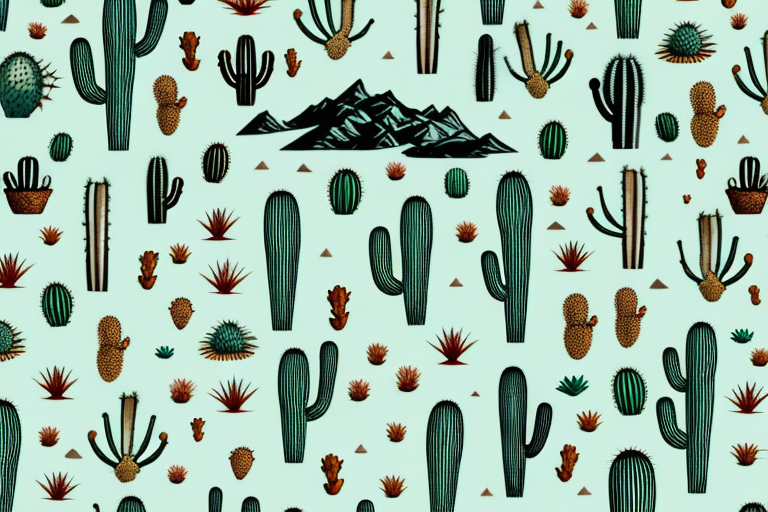Understanding the unique challenges of aerial photography in desert environments
Aerial photography in desert environments presents photographers with a unique set of challenges. The harsh and barren landscapes, extreme weather conditions, and limited access to facilities make it essential to thoroughly prepare and plan before embarking on an aerial photography expedition in the desert.
One of the main challenges of capturing aerial shots in deserts is the vast expanse and uniformity of the sandy landscapes. It is important to find ways to break the visual monotony and create compelling compositions that highlight the beauty of the desert. This can be achieved through the use of different angles, perspectives, and compositional techniques.
The intense heat and dryness of desert environments also have significant implications for both photographers and equipment. Temperature fluctuations, strong winds, and blowing sand can pose risks to the well-being of photographers and their equipment. It is crucial to have the right protective gear and sturdy equipment that can withstand these challenging conditions.
Another challenge of aerial photography in desert environments is the lack of landmarks or reference points. Without distinct features to guide the composition, it can be difficult to create visually interesting images. Photographers must rely on their creativity and knowledge of composition principles to capture captivating shots in these featureless landscapes.
In addition, the harsh lighting conditions in deserts can create strong contrasts and harsh shadows, which can be challenging to manage in aerial photography. The bright sunlight can wash out details and create overexposed areas, while deep shadows can obscure important elements of the scene. Photographers need to carefully consider the time of day and the angle of the sun to achieve optimal lighting conditions and avoid these issues.
Choosing the right equipment for capturing stunning aerial shots of deserts and sandy landscapes
When it comes to capturing stunning aerial shots of deserts, choosing the right equipment is essential. A reliable and high-quality drone or aircraft with a stable platform and advanced imaging capabilities is the foundation for successful desert aerial photography.
An important consideration when selecting a drone is its ability to withstand the harsh desert conditions. Look for drones that have excellent dust and sand protection, as well as reliable weather sealing. It is also advisable to opt for drones with longer battery life, as desert environments often have limited access to power sources.
In addition to the drone itself, having the right camera and lenses is crucial for capturing sharp and detailed aerial shots. Wide-angle lenses are particularly useful for capturing the vastness of the desert landscapes, while telephoto lenses can help isolate and emphasize specific elements in the frame.
Investing in a good-quality filter set can also significantly enhance the quality of aerial shots in deserts. Filters like polarizers can help reduce glare and enhance color saturation, while neutral density filters can be used to control exposure in bright desert conditions.
Another important factor to consider when capturing aerial shots of deserts is the time of day. The lighting conditions in deserts can vary greatly throughout the day, with the golden hour (the hour after sunrise or before sunset) often providing the most dramatic and beautiful lighting. Planning your aerial photography sessions during these times can result in stunning shots with warm, soft light and long shadows that add depth and dimension to the desert landscapes.
Tips for planning and preparing for a successful aerial photography expedition in deserts
Planning and preparation are key to a successful aerial photography expedition in deserts. Here are some essential tips to consider:
1. Research and scout locations: Before embarking on your aerial photography expedition, research and scout potential locations in the desert. Look for unique features, interesting patterns, and natural landmarks that could make compelling subjects for your shots.
2. Check weather conditions: Desert environments are known for their extreme weather conditions. Monitor weather forecasts closely before your trip to ensure you choose the best time for photography. Avoid shooting in extremely hot or windy conditions that can compromise safety and image quality.
3. Pack the right gear: In addition to your drone and camera equipment, pack necessary accessories such as spare batteries, memory cards, cleaning tools, and protective gear. It’s also advisable to carry a GPS device, compass, and maps to navigate through the vast desert landscapes.
4. Stay hydrated and protected: Desert environments are harsh and can pose health risks due to high temperatures and prolonged exposure to the sun. Stay hydrated by carrying an ample amount of water and wear appropriate clothing to protect yourself from the sun’s rays.
5. Secure necessary permissions: Depending on the location and local regulations, you may need to secure permissions or permits to fly your drone and capture aerial shots in the desert. Conduct thorough research and obtain any required authorizations to avoid legal complications.
By thoroughly planning and preparing, you increase your chances of capturing stunning aerial shots of deserts and sandy landscapes while ensuring your safety and complying with regulations.
6. Consider the time of day: The lighting conditions in deserts can greatly impact the quality of your aerial photographs. Plan your photography sessions during the golden hours, which are the first and last hours of sunlight in the day. This will provide you with soft, warm lighting and long shadows, adding depth and dimension to your images.






